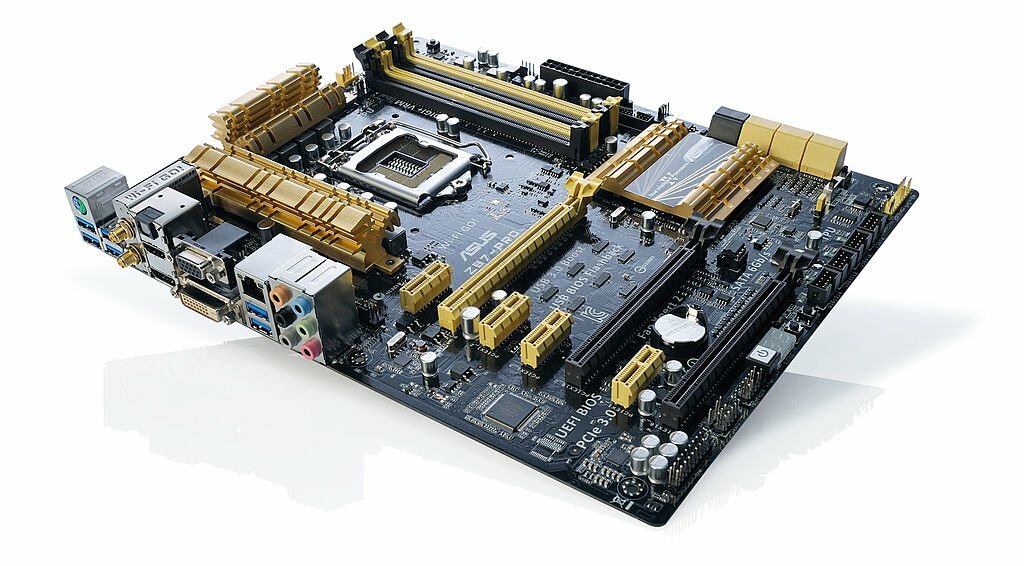What is an Intelligent Electronic Device (IED) and How Does it Work?
Table of Contents
Dive into the world of what is intelligent electronic devices and discover their fascinating role in modern technology. Learn more now!
In the domain of contemporary technology, Intelligent Electronic Devices (IEDs) have emerged as essential elements, assuming a crucial role across diverse industries. Within this extensive guide, we navigate through the complexities of IEDs, examining their nature and demystifying the operational mechanisms that drive them.
What is an Intelligent Electronic Device?
Intelligent Electronic Devices, or IEDs, are advanced devices meticulously crafted to autonomously perform specific functions with a notable level of intelligence. These devices seamlessly blend cutting-edge computing capabilities and communication protocols, facilitating effortless interaction with other devices within a networked environment.
The Core Functions of IEDs
- Data Acquisition: IEDs are equipped with robust data acquisition capabilities, allowing them to gather information from various sensors and input devices. This data serves as the foundation for their intelligent decision-making processes.
- Processing and Analysis: Unlike conventional devices, IEDs possess the ability to process and analyze data in real-time. This capability is crucial in applications where quick decision-making is paramount, such as in industrial automation and control systems.
- Communication Protocols: IEDs are designed to communicate with other devices within a network. Whether it’s through standard protocols like Modbus or specialized communication frameworks, their seamless integration ensures efficient data exchange.
Operational Mechanism of IEDs
Understanding how IEDs operate is key to unlocking their potential in diverse industries. Here, we dissect the operational mechanism into essential components.
1. Sensors and Input Devices
At the core of an IED’s functionality are its sensors and input devices. These components serve as the sensory organs, collecting data from the environment. Whether it’s temperature, pressure, or any other parameter, sensors provide the necessary input for the IED’s decision-making process.
2. Processing Unit
The processing unit, often comprising a powerful microprocessor, is the brain of the IED. It takes the raw data from sensors, applies algorithms for analysis, and generates meaningful insights. This step is critical for IEDs to make informed decisions autonomously. Great post to read Big D Travel Center.
3. Decision-Making Algorithms
IEDs rely on sophisticated decision-making algorithms to interpret data and determine the appropriate course of action. These algorithms are tailored to specific applications, ensuring optimal performance in diverse scenarios.
4. Communication Interfaces
For IEDs to operate within a larger system, robust communication interfaces are essential. These interfaces enable seamless interaction with other devices, forming a network where information is exchanged efficiently.
Features that Set IEDs Apart
The features of IEDs contribute to their widespread adoption across diverse industries. Let’s delve into the standout characteristics that make these devices indispensable.
1. Real-time Data Processing
One of the primary features that elevate IEDs is their capability for real-time data processing. This ensures that decisions are made swiftly, making them ideal for applications where timing is critical, such as in power grid management or industrial automation.

2. Adaptive Decision-Making
IEDs showcase adaptive decision-making capabilities. The ability to adjust responses based on changing conditions makes them versatile across various environments. Whether in smart cities or manufacturing plants, IEDs adapt to dynamic situations.
3. Network Integration
A key feature that distinguishes IEDs is their seamless integration into networks. Through standardized communication protocols like Modbus or specialized frameworks, these devices foster efficient data exchange. This feature is vital for creating interconnected and intelligent systems.
4. Customizable Applications
IEDs are designed with versatility in mind. Their applications span across industries, from energy and manufacturing to smart city initiatives. This adaptability is made possible by the customizable nature of these devices, allowing them to meet the specific requirements of diverse sectors.
Applications Across Industries
The versatility of IEDs is reflected in their wide-ranging applications across various industries.
1. Energy Sector
In the energy sector, IEDs play a pivotal role in power distribution systems. Their real-time data processing and adaptive decision-making contribute to enhanced grid reliability and fault prevention.
2. Manufacturing and Automation
IEDs find extensive use in manufacturing, driving automation processes. From controlling machinery to optimizing production workflows, these devices streamline operations and improve overall efficiency.

3. Smart Cities
In the context of smart cities, IEDs contribute to the creation of intelligent infrastructure. Applications range from traffic management to environmental monitoring, showcasing the diverse capabilities of these devices.
Applications Across Industries
The versatility of IEDs makes them invaluable across various industries. Let’s explore how these intelligent devices are making a difference.
1. Energy Sector
In the energy sector, IEDs are deployed in power systems for monitoring, control, and protection. Their ability to analyze real-time data enhances grid reliability and prevents potential faults.
2. Manufacturing and Automation
In manufacturing, IEDs play a crucial role in process automation. From controlling machinery to optimizing production cycles, their intelligent decision-making contributes to increased efficiency.
3. Smart Cities
In the realm of smart cities, IEDs contribute to the development of intelligent infrastructure. From traffic management to environmental monitoring, these devices enhance urban living experiences.
Final Words
In conclusion, Intelligent Electronic Devices represent a pinnacle of technological advancement, seamlessly merging data acquisition, processing, and communication. Their applications across industries underscore their significance in shaping a connected and intelligent future.
People Also Ask
What are the examples of intelligent electronic devices?
Intelligent electronic devices encompass smartphones, smart TVs, smart speakers, smart thermostats, and smartwatches. These gadgets possess the capability to gather data from their environment, utilizing it to inform operational decisions. As an illustration, a smart thermostat can analyze temperature and humidity data within a room to dynamically regulate heating or cooling settings.
What is the function of IED?
IEDs, or Intelligent Electronic Devices, play a crucial role in overseeing and regulating industrial operations. They facilitate data acquisition from sensors, analyze information to determine equipment control strategies and transmit instructions to actuators. Employed across diverse sectors such as power generation, oil and gas, and manufacturing, IEDs contribute significantly to enhancing efficiency and automation in industrial processes.
What is IED in communication?
IEDs are used to transmit and receive data in communication networks. They can be used to send data from sensors to controllers, or from controllers to actuators. IEDs can also be used to send data to supervisory control and data acquisition (SCADA) systems.
What is the meaning of IED in engineering?
IED, short for Intelligent Electronic Device, denotes electronic devices capable of gathering data, making decisions, and overseeing equipment. These devices find applications across diverse engineering fields such as power systems, automation, and robotics.



